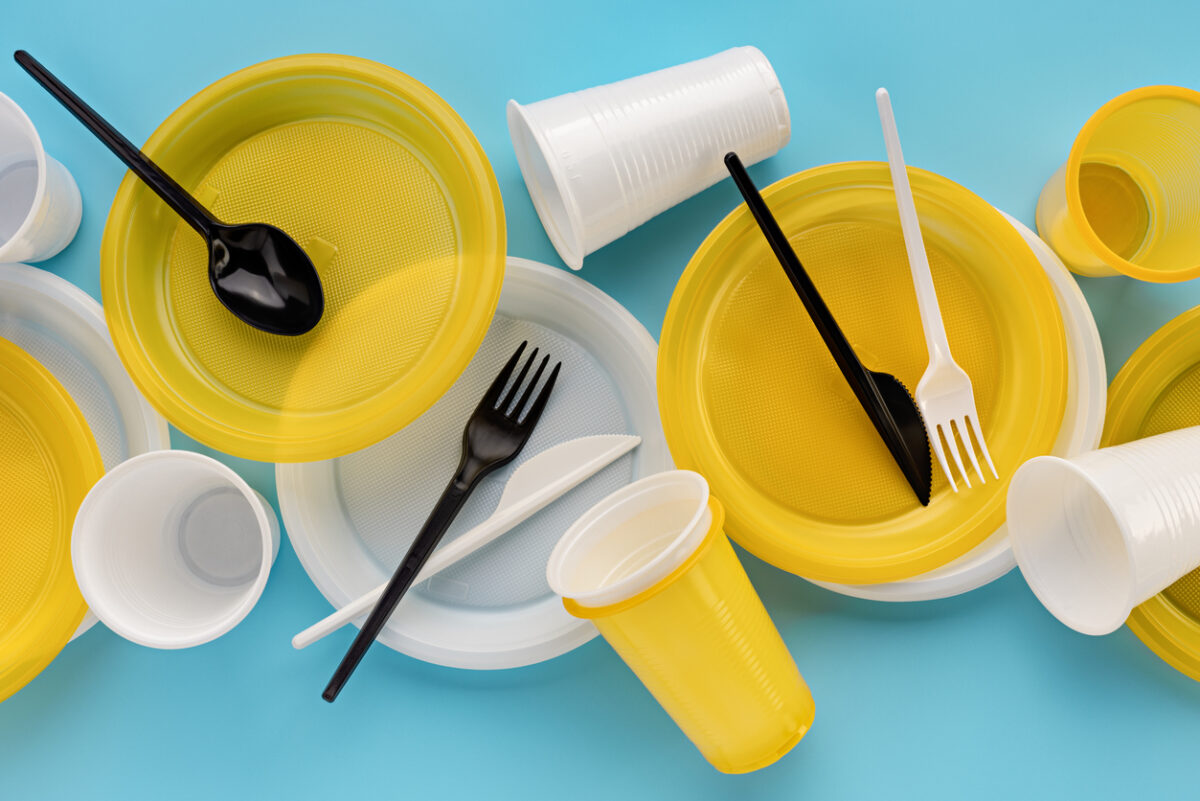Chinese scientists develop edible food packaging using soy protein isolate

A team of scientists from the Chinese University of Hong Kong (CUHK) have created an edible, biodegradable, and transparent material using soy protein isolate, which they say has the potential to become a viable alternative to plastic food packaging.
The researchers developed the new material by working with bacterial cellulose – an organic compound produced by certain types of bacteria.
According to the study’s corresponding author, Professor To Ngai from the CUHK Department of Chemistry, bacterial cellulose is capable of replacing plastic packaging due to its high versatility and tensile strength, which means it can endure a significant level of pulling force without being stretched.
As Ngai told the Society of Chemical Industry: “Extensive research has been conducted on [bacterial cellulose], including its use in intelligent packaging, smart films, and functionalised materials created through blending, coating, and other techniques. These studies demonstrate the potential of [bacterial cellulose] as a replacement for single-use plastic packaging materials, making it a logical starting point for our research.”
Past attempts at using the organic compound in packaging materials have been challenging as it is hygroscopic, meaning it absorbs moisture in the air which affects its tensile strength. The scientists found they could counter this problem by including certain soy proteins in the material structure of bacterial cellulose. This was then coated in an oil-resistant composite to produce an edible film.
The scientists found the material showed stability in water, visible transparency, and oil resistance. They also discovered the film was fully biodegradable within one to two months – a contrast to other bioplastics like polylactic acid, a type of polyester made from plant starch. This material is typically broken down within 12 weeks, but requires the help of chemical reactions such as hydrolysis and thermal depolymerisation at specialist recycling facilities.
Unlike plant-derived cellulose, bacterial cellulose can be made using a process of microbial fermentation, which doesn’t require harvesting crops, making it more sustainable. As Ngai explained: “This production method does not contribute to deforestation or habitat loss, making [bacterial cellulose] a more sustainable and environmentally friendly material alternative to plant cellulose.”
“The material developed in this research is completely edible, making it safe for turtles and other sea animals to consume without causing aquatic toxicity in the ocean”, he continued.
Scaling up production of the film is also highly feasible according to Ngai, as the production process “does not require specific reaction conditions like chemical reactions, but rather a simple and practical method with mixing and coating”.
Following the success of the study, the CUHK researchers plan to improve the versatility of the film so it can be used for a wider variety of applications. First, they will look at developing a thermosetting glue to build strong bonds between bacterial cellulose to make the material more malleable when heated.
“One of the main challenges with bacterial cellulose films is that they are not thermoplastic, which limits their potential for use in certain applications”, said Ngai. “By addressing this issue, we hope to make bacterial cellulose films more competitive with traditional plastics while maintaining their eco-friendliness”.
“This research serves as a reminder that natural raw materials may already possess the necessary characteristics to perform beyond the functions of plastic packaging”, he concluded.








